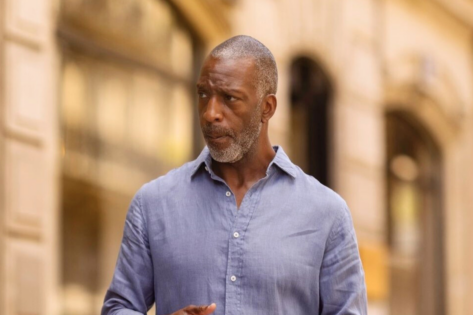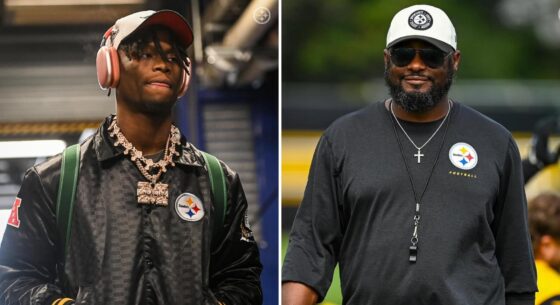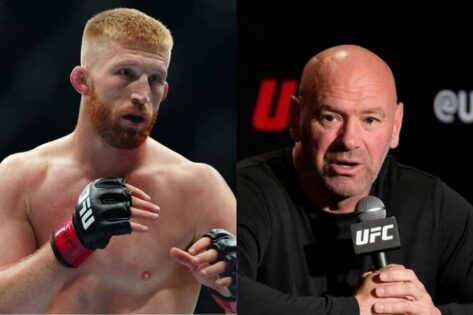A stadium buzzing with world-class athletes, record-breaking potential, and a hefty $100,000 prize on the line. Yet the seats were seen eerily empty. That’s the scene that unfolded at the debut of Michael Johnson’s Grand Slam Track in Kingston, Jamaica, this past weekend, April 4-6, 2025. The brainchild of the four-time Olympic champ promised to shake up track and field, but instead of a seismic roar, it landed with more of a whisper. Low attendance and a lukewarm reception have left fans and insiders buzzing—not about the races, but about what went wrong and how to fix it.
The Grand Slam Track isn’t your typical meet. It’s a bold experiment, designed to keep the sport in the spotlight beyond the Olympic hype every four years. The format? Simple yet fresh: athletes compete in two races across three days, racking up points based on their finishes. The top scorer in each category—like short sprints or long hurdles—walks away with a cool $100,000. With 96 of the world’s fastest signed up, including stars like Sydney McLaughlin-Levrone and Matthew Hudson-Smith, the stage was set for a spectacle. Kingston’s National Stadium, painted in Jamaica’s vibrant green, yellow, and black, hosted the kickoff, with three more events planned for the U.S. later this year.
On paper, it’s a slam dunk. The racing delivered—McLaughlin-Levrone crushed the long hurdles, Hudson-Smith snagged the men’s 200m, and the competition was tight. But it wasn’t enough to increase the audiences in the stadiums. Michael Johnson took to his X handle on April 7 and asked fans of track and field about their opinion.
The post said, “What can we do over the season to make @GrandSlamTrack better?” Morgan Campbell, writing for CBC Sports, noted the “significant star power and incredible head-to-head matches,” with prize money raising the stakes far beyond a typical April meet. But here’s the rub: the main grandstands never hit 50% capacity. The back-straight bleachers? Practically a ghost town, echoing the hollow vibes of Tokyo’s crowdless Olympics. Sports Business Journal’s Thom Gibbs called it “worryingly empty” on opening night, and even by Sunday, the turnout barely improved.
So, what tripped up this grand vision? For starters, marketing—or the lack of it. Campbell pointed out the event “wasn’t marketed well locally,” leaving Kingston’s track-loving community in the dark. Logistics didn’t help either—limited parking meant fans had to shuttle in from remote lots, a hassle that likely kept casual spectators away. Then there’s the elephant on the track: some of the sport’s biggest names, like Noah Lyles and Julien Alfred, sat this one out. A packed calendar—World Championships, Diamond League, and more—might’ve scared off top talent, diluting the star power Johnson banked on.
What can we do over the season to make @GrandSlamTrack better?
— Michael Johnson (@MJGold) April 8, 2025
Johnson’s staying optimistic. He’s got a point: the racing was solid, and the athletes loved it. The U.S. leg could shift the narrative—college track draws big crowds stateside, unlike Jamaica’s pro-meet struggles. Still, Gibbs isn’t so sure, warning it’s “tough to see that situation changing much” across the next three stops. The verdict? Grand Slam Track’s debut stumbled out of the blocks, but it’s not down for the count. With some tweaks and a louder megaphone, this could still be the jolt track and field needs.
The track and field community isn’t writing it off yet, though. Fans and analysts are already tossing out ideas to get the next event, slated for the U.S., back on pace.
Track and Field fans give ideas to get the next Grand Slam Track event back on pace
The track and field community isn’t writing it off yet, though. Fans are already tossing out ideas to get the next event, slated for the U.S., back on pace. One viewer griped, “2nd race slam overall scores popup as soon as race finishes—felt too much time waiting for those results to show.” The format’s point system, detailed on Olympics.com, hinges on cumulative scores across two races, but delays in displaying totals could sap momentum, especially when every second counts in a sport this fast.
Another fan doubled down on the cash angle: “Show the money each athlete has won in the “total points” results table on TV after the second races have finished!”—a suggestion so nice it popped up twice. Flashing those dollar signs (up to $12.6 million this season) could hook viewers and highlight what sets this meet apart.
Location matters too, as one fan pointed out, “Butts in the seats. But what you’re attempting to do is exactly what we’ve all wanted. Betting, beer, speed = excitement. You’ve clearly got the comp, just set it in the right place where the crowd matches the energy.” The U.S. with its raucous college track crowds, might deliver that vibe Jamaica couldn’t muster. On the competition front, a call for “more competitors in the distance events—only 8 people in the 1500 and up is a very small race” hit home. Bigger fields could ramp up the drama, especially for fans craving chaos over sparse showdowns.
Another fan chimed in, “The competition and the commentary was very solid! An area for improvement is there was a little too much dead time on the broadcast. It almost felt like the livestream froze at times. If there’s anyway to tighten that up, that would be awesome.” Campbell’s praise for the “incredible head-to-head matches” backs the solid racing, but lagging broadcasts could undercut the fast-paced vibe Johnson’s aiming for, especially over three days.
The racing was solid, and the athletes loved it. With some tweaks—faster results, cash on display, smarter venue picks, beefier fields, and tighter broadcasts—this could still be the jolt track needs.
The post Michael Johnson’s Grand Slam Track Blow Softens as Track & Field Community Give Two Cents for Next Event appeared first on EssentiallySports.



